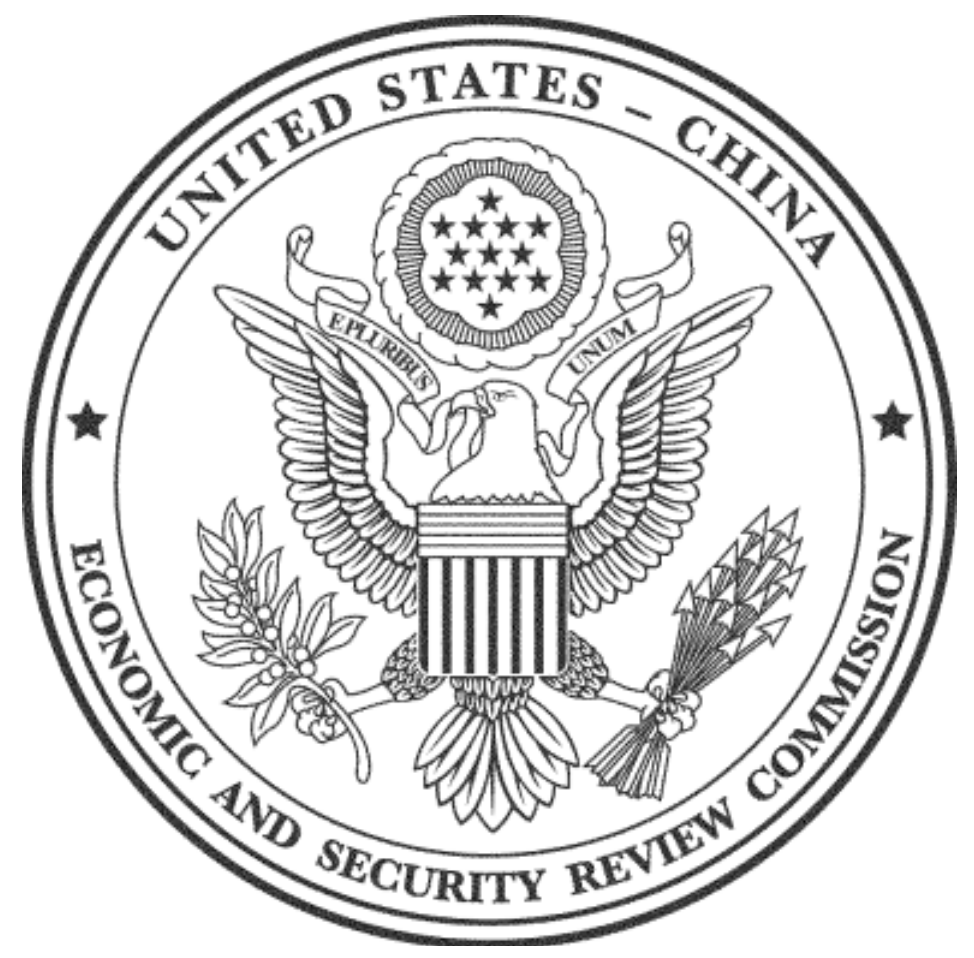Blog Post
The ‘seven’ ceiling: China’s yuan in trade talks
Investors and the public have been looking at the renminbi with caution after the Trump administration threatened to increase duties on countries that intervene in the markets to devalue/undervalue their currency relative to the dollar. The fear is that China could weaponise its currency following the further increase in tariffs imposed by the United States in early May. What is the likelihood of this happening and what would be the consequences for the existing tensions with the United States, as well as for the global economy?
The renminbi has been depreciating since June and is currently hovering around 7 yuan per US dollar. The current value, the lowest since December last year, raised some eyebrows as it could signal currency manipulation.
Soon enough, trading volumes increased as speculators tested whether the People’s Bank of China’s (PBoC) paid heed to the symbolic ‘7’. But can a weaker yuan really be interpreted as a retaliation to trade tariffs? As John Authers argues, the yuan is “no longer a pure expression of the wishes of Chinese authorities, but still not a pure expression of the will of the market either. A move above 7 yuan would have once been taken as an act of aggression by the Chinese authorities. Now there is also the possibility that it could be taken as a loss of confidence in China or economic weakness.”
For Alicia García-Herrero and Jianwei Xu, although a PBoC intervention in the renminbi market is expected, the ceiling at 7 yuan is not the key concern. Instead, China’s focus is on growth, and the renminbi is “increasingly important” to achieve this, as substantial depreciation could lead to capital outflows and reduced liquidity. “The PBoC has definitely realized that any one-way betting on the CNY could only dampen its efforts to control the currency.” As such, the best and less costly strategy for the PBoC “is to lean with the wind for forex intervention rather than against”, and to “introduce more two-way volatility” as it did in early 2014. In case investors begin speculation and start “betting on the one-way movement of the RMB”, the PBoC will act so as to avoid rapid capital outflows and “do its utmost to make them pay as it did in March 2014”. Authers also recalls the PBoC’s “recent history of catching investors off guard even when it did not mean to”.
Indeed, a weaker yuan could merely be a reflection of the Chinese growth slowdown. Daniel Moss writes for Bloomberg Opinion that the focus should be on the “velocity and timing of exchange-rate moves”, and that “it makes sense for a slower China to have a weaker currency”. Renminbi cracking beyond 7 yuan per US dollar would be a reflection of economic conditions and policy responses. The slowing growth is reflected in exchange-rate conditions, a trend “underway long before President Donald Trump took office”. Mark Sobel, a former senior US Treasury official, also makes this a “case of economic reality rather than ‘weaponisation’” and illustrates it with China’s flat current account and “unsustainably high” growth targets. The shape of the current account could change down the road into a U-shape, points Alicia García-Herrero, who signals tourism as “an obvious source of unrecorded capital outflows” that “may be restricted to push up the current account surplus”.
it makes sense for a slower China to have a weaker currency
Either way, some have stressed the costs of pursuing weaponisation of the yuan. A devaluation strategy would be damaging for central-bank credibility and for the international position of renminbi as a global reserve currency. It would also likely intensify tensions with the United States, as well as lead to capital outflows.
Hao Zhou, senior economist on Commerzbank, writes for the South China Morning Post that strategies such as weakening the yuan or selling off US Treasury notes have no economic reasoning and can be “double-edged swords that could hurt both the US and China”. Rising import prices and a wider trade surplus resulting from a devalued yuan could lead to more retaliatory tariffs from the United States. The PBoC sold forex reserves to defend the yuan, which is already under pressure. Letting it devalue even more would unsettle financial markets and “intensify concerns about the Chinese economy”.
Zhou also dismisses a scenario where China sells off US treasury notes, as these are liquid and offer attractive yields. Furthermore, the purchases with dollars resulting from the sales would “probably lead to dollar depreciation and consequently yuan appreciation – which might be exactly what Trump was hoping for”.
On the other hand, Brad Setser sees a weaker currency to offset the impact of US tariffs as “a logical ‘asymmetric’ response to a trade war”. The assumption, Setser explains, is that China has already established its commitment to exchange-rate and balance-of-payments stability, and can thus allow its currency to weaken with no financial stability harm. In theory, this controlled depreciation could work, in Setser’s opinion, for as long as there is a “signal at some point that once the yuan had reset down, China would resist further depreciation”. By adjusting the yuan’s trading range to the latest US tariffs, Chinese firms could keep their yuan revenues while at the same time cut their dollar prices. This, however, would come at a cost for China and the rest of the world: “in effect, [it] redistributes some of China’s trade pain globally, and thus poses a challenge to those parts of the world that have relied on exports rather than domestic demand to power their own economies”.
In the meantime, the United States Treasury has released their currency report and did not call out China as a currency manipulator. The PBoC has also recently centred its communication around the stability of the yuan rather than the number ‘7’. Still, one should be wary of the fact that foreign exchanges are currently being factored into trade talks, especially when these are evaluated by a national treasury under an idiosyncratic methodology.
Kenneth Rogoff urged that the renminbi be left out of the United States-China trade talks. Imposing a stable renminbi against the dollar could potentially “exacerbate global business cycles or even plant the seeds of the next Asian financial crisis”. The interest-rate parity imposition would be inappropriate, as China’s and the US’ business cycles rarely align; maintaining an inflexible exchange rate would turn out to be a bottleneck when China “comes under serious financial and macroeconomic pressures”. Furthermore, it would prevent other needed economic reforms.
Republishing and referencing
Bruegel considers itself a public good and takes no institutional standpoint. Anyone is free to republish and/or quote this post without prior consent. Please provide a full reference, clearly stating Bruegel and the relevant author as the source, and include a prominent hyperlink to the original post.










